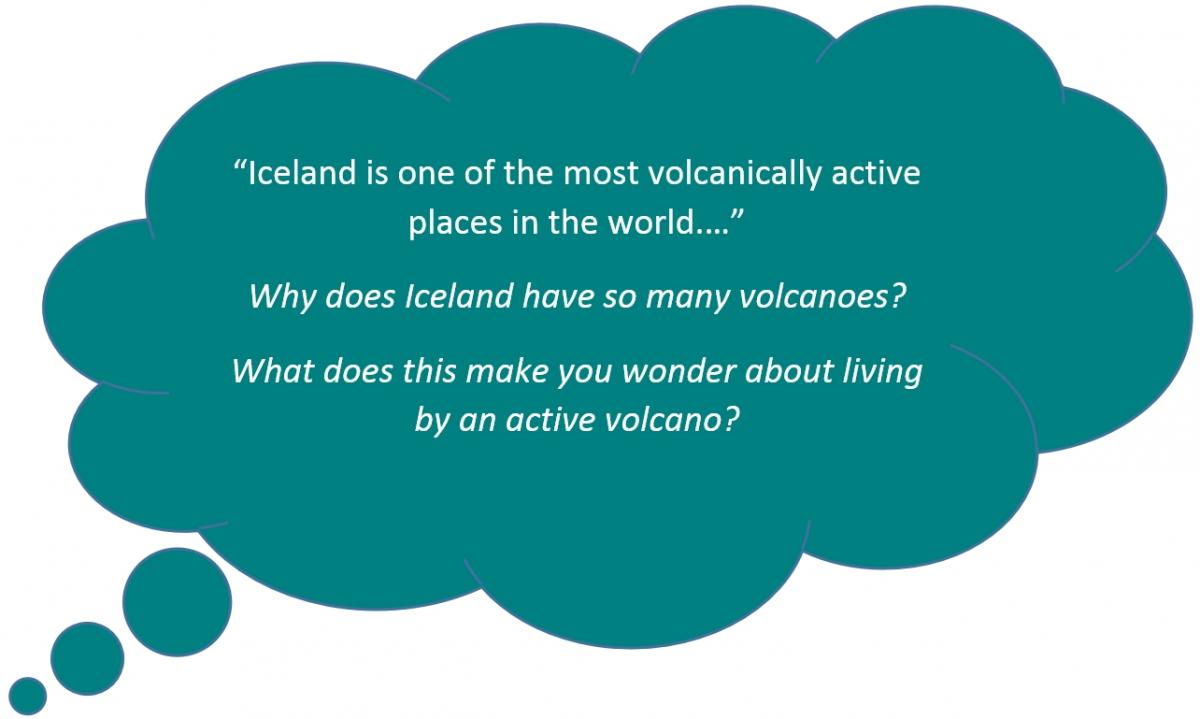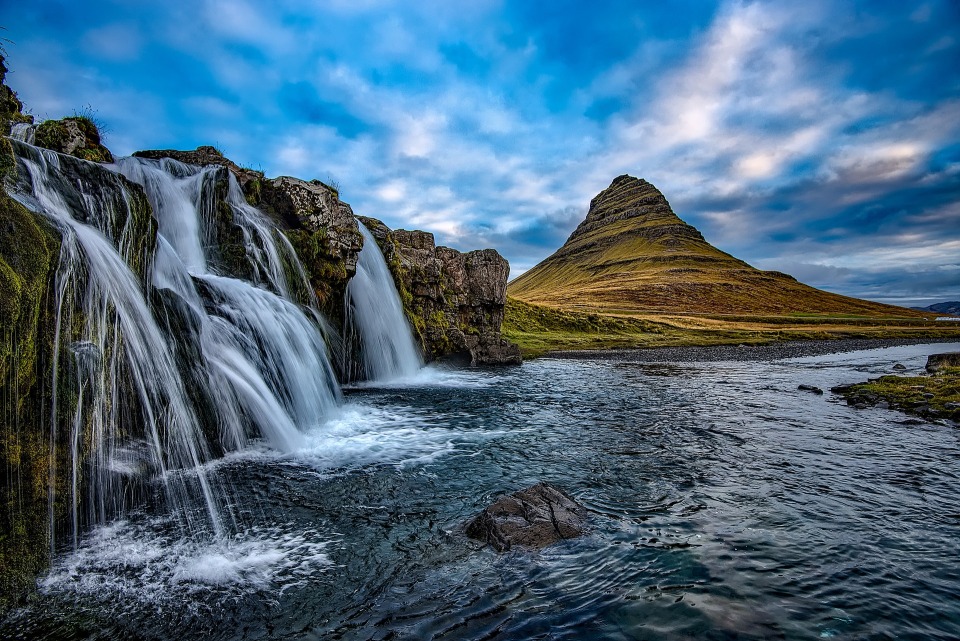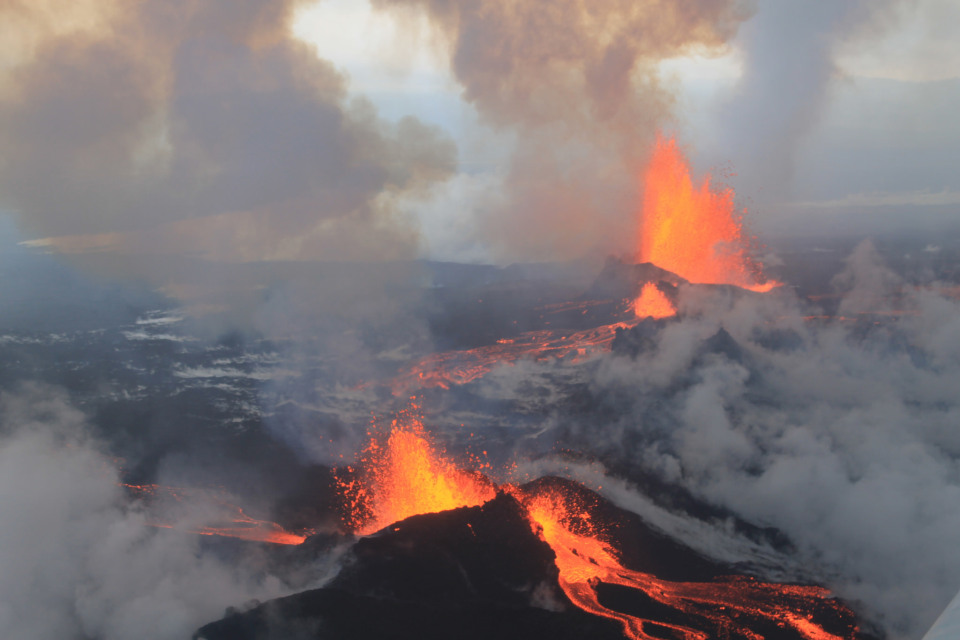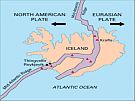Many people visit Iceland to see volcanoes, more so after an eruption in 2010. It grabbed the world's attention by spewing ash into the air, causing the cancellation of many flights across Europe.
Iceland is one of the most volcanically active places in the world, with about one eruption every five years.
Volcanic activity is a fact of life in Iceland, that people have learned to live with. It brings problems such as damaging eruptions. It brings benefits such as geothermal energy and beautiful landscapes.
So why does Iceland have so many volcanoes?
The answer lies below the surface. Iceland is located on the 40,000-kilometre-long, mostly underwater Mid-Atlantic Ridge. This ridge is the meeting point of the Eurasian and North American tectonic plates. As the two tectonic plates move apart, magma rises to the surface. Even today, the country is growing by about 2.5 cm per year, as the plates move apart.
Iceland sits above a hotspot, where magma is closer to the surface. This explains why land formed here and not in other places along the Mid-Atlantic Ridge.
A land of basalt
Iceland's surface is made of volcanic rock, most of it basalt - the rock that forms when lava cools. Iceland's cliffs, jagged islands and reefs are all made of basalt. When basalt cools, it can form the hexagonal rock columns that you can see on the South Coast of Iceland and in other places.
 Types of volcano
Types of volcano
Of the roughly 130 volcanoes in Iceland, the most common type is the stratovolcano — the classic cone-shaped peak with explosive eruptions that form a crater in the very top (such as Hekla and Katla, on the South Coast).
There are also a few dormant shield volcanoes with gentle slopes and wide-spreading lava flows.
Eruptions from fissure vents (long cracks in the earth's crust) are also common in Iceland.
Eruptions and earthquakes
Volcanic eruptions and earthquakes follow each other. Parts of Iceland are often shaken by earth tremors. Damaging earthquakes occur less often than the volcanic eruptions. Some of the worst earthquakes damaged large areas of southern Iceland in 1784 and 1896.
There are over a hundred volcanoes on the central plateau which have not erupted in the past thousand years and between 30 and 40 that are active, meaning that they have erupted within the last few hundred years.
The most famous and active volcano in Iceland is Mount Hekla, which has erupted 18 times since 1104, the last time in 2000.
A submarine eruption in 1963, created a new island called Surtsey.
Throughout Iceland's history, volcanoes have meant disaster. The largest recorded lava flow in world history occurred here in the summer of 1783, when 25km of craters poured out 14 cubic km of lava. So much ash was released that the sun was hidden for a time, and hundreds of thousands of sheep and cattle died from the poisonous gases. This led to a famine which killed one in five people living in Iceland.
Ash from this eruption then covered Europe and Western Asia, making it hard to grow food.
Volcanoes are not all bad. Volcanoes provide us with geothermal energy. Over 90% of houses in Iceland are heated by natural geothermal heat.
Ready for a quiz? Try the 'Iceland's Volcanoes' interactive activity.








